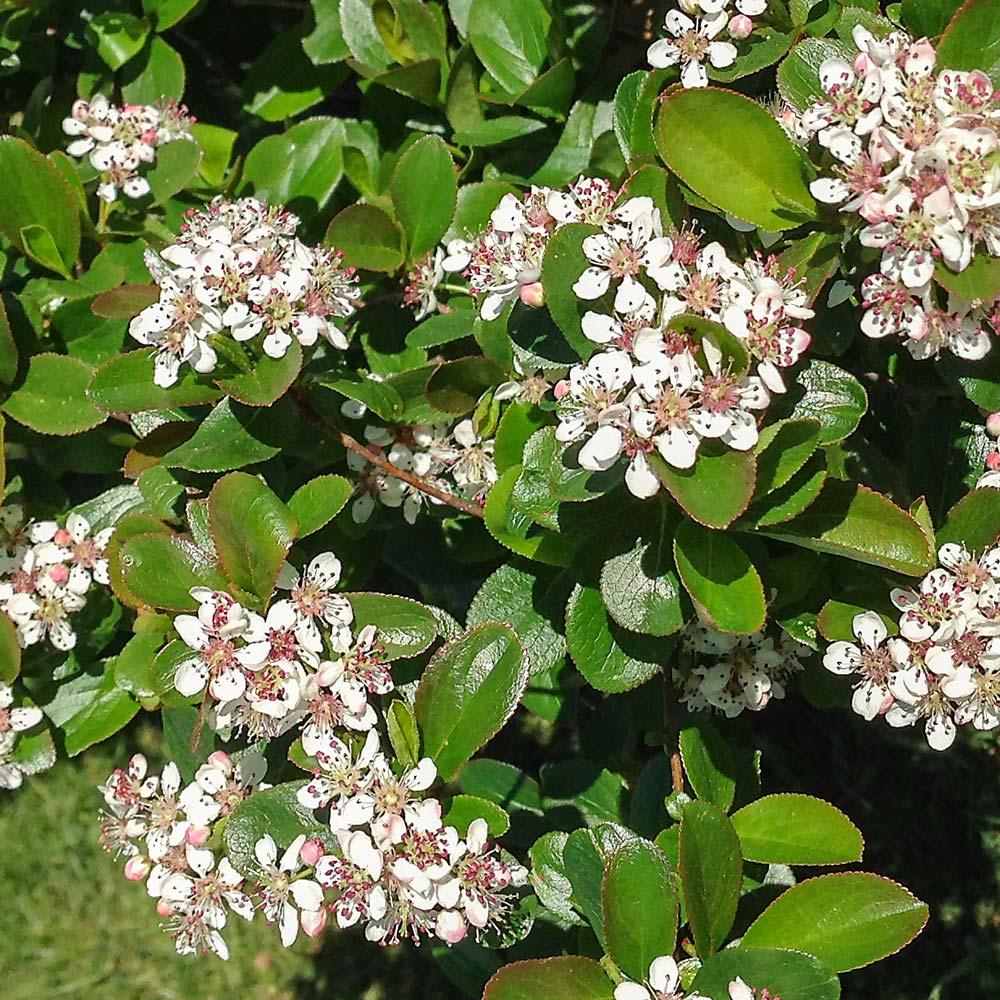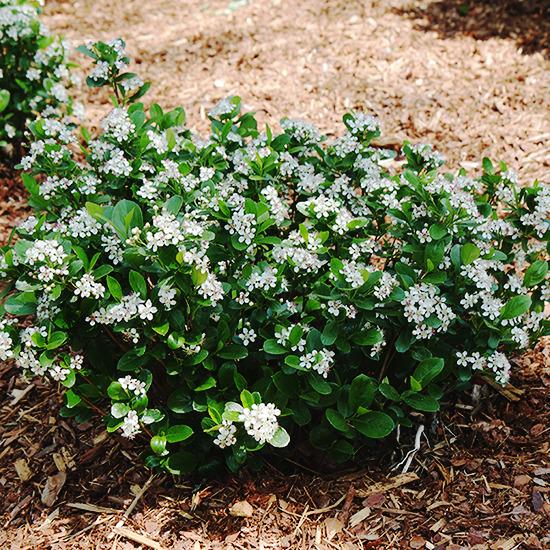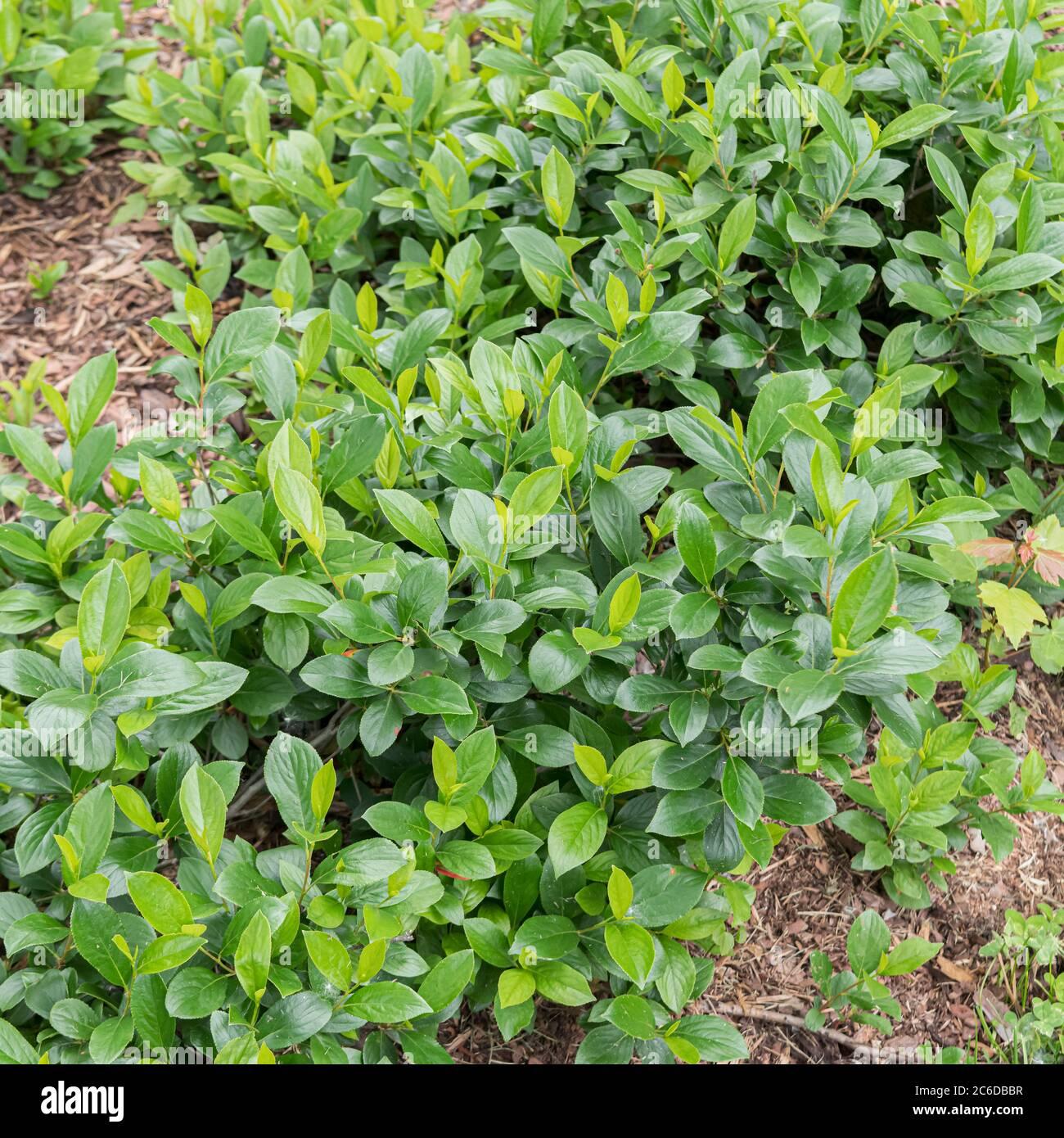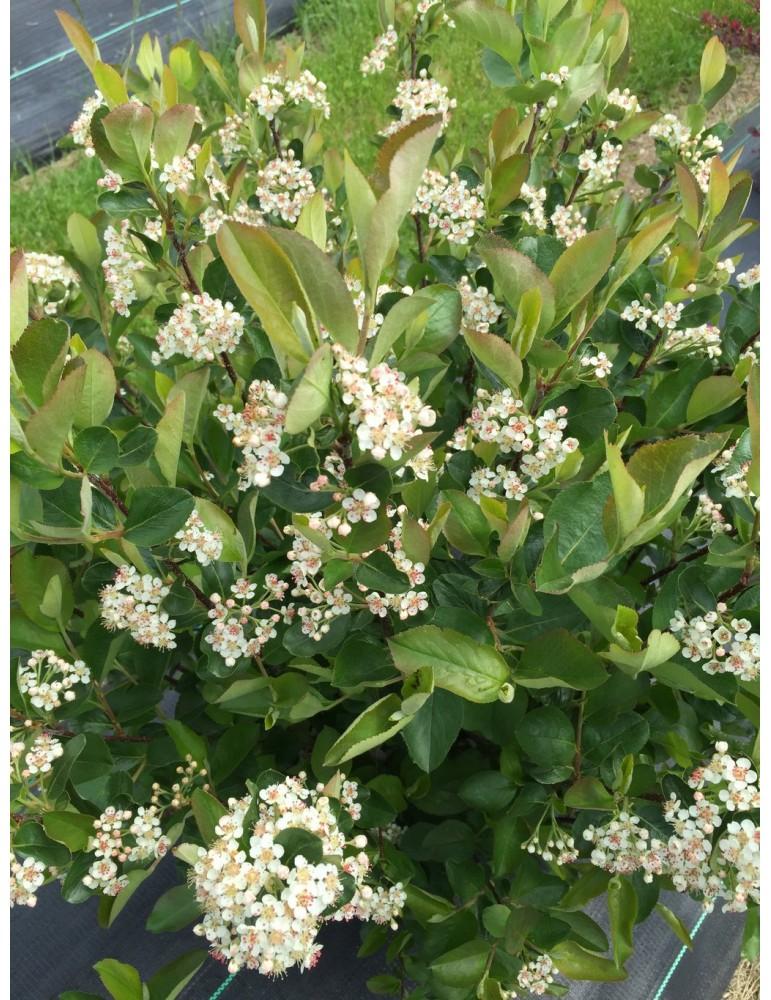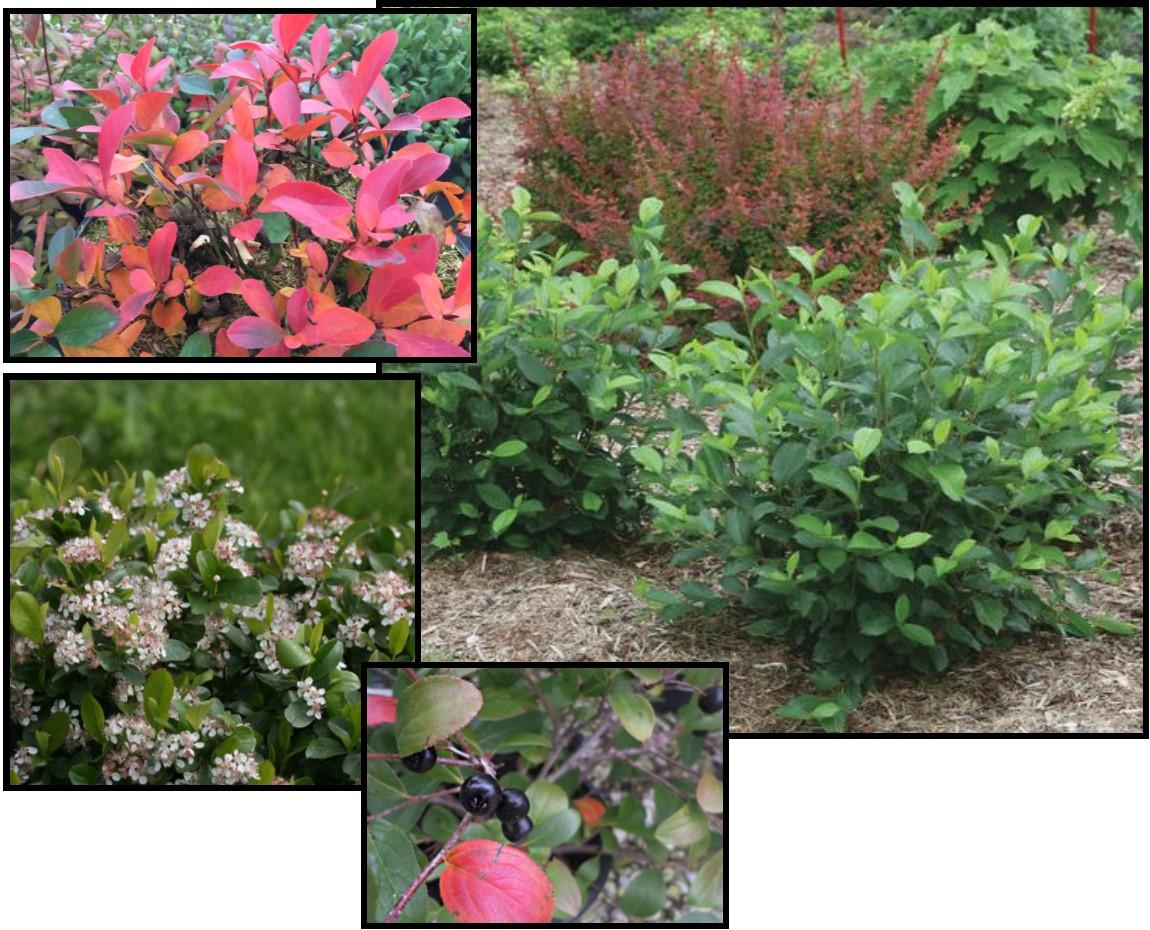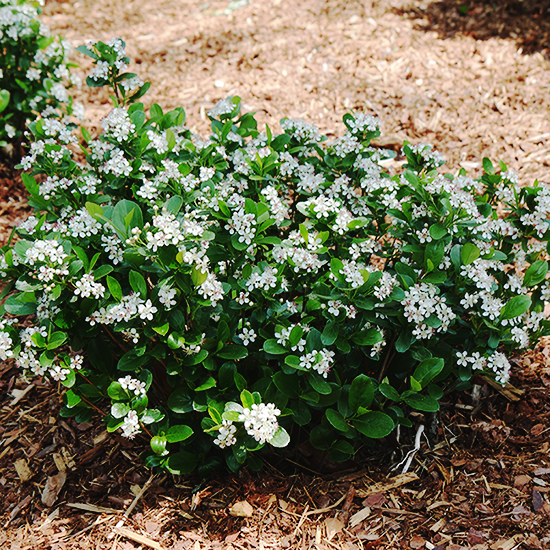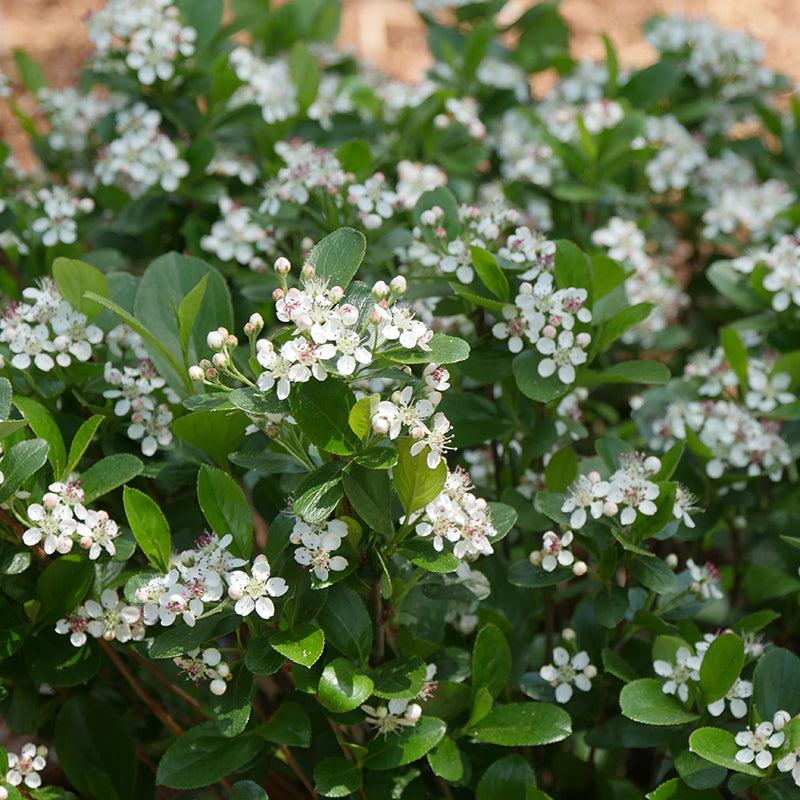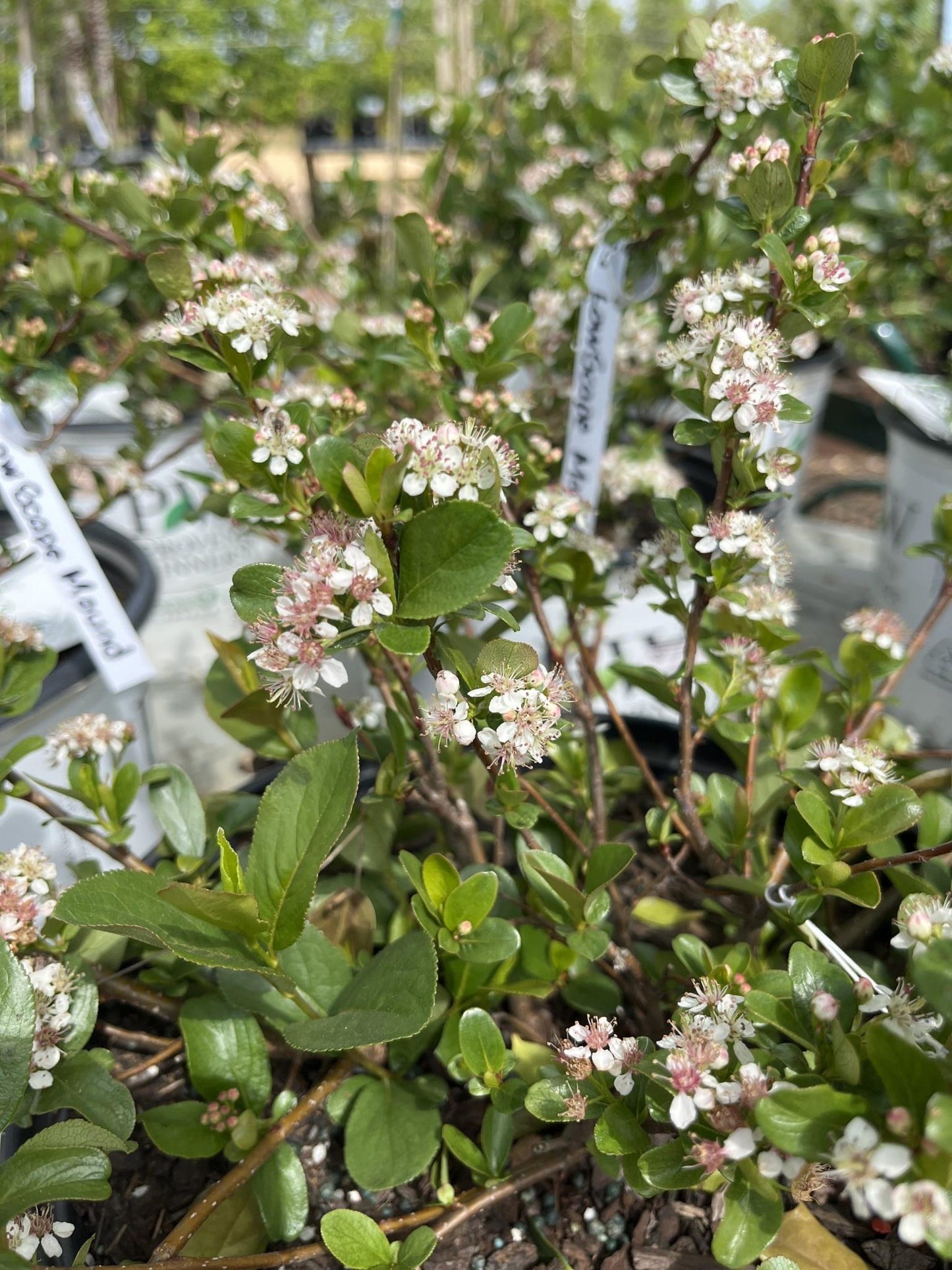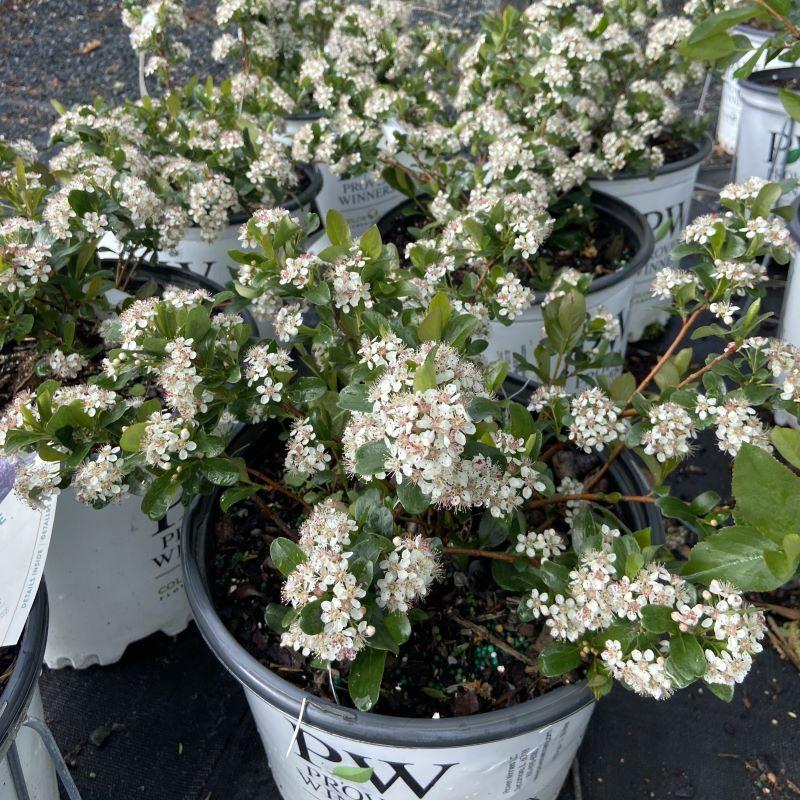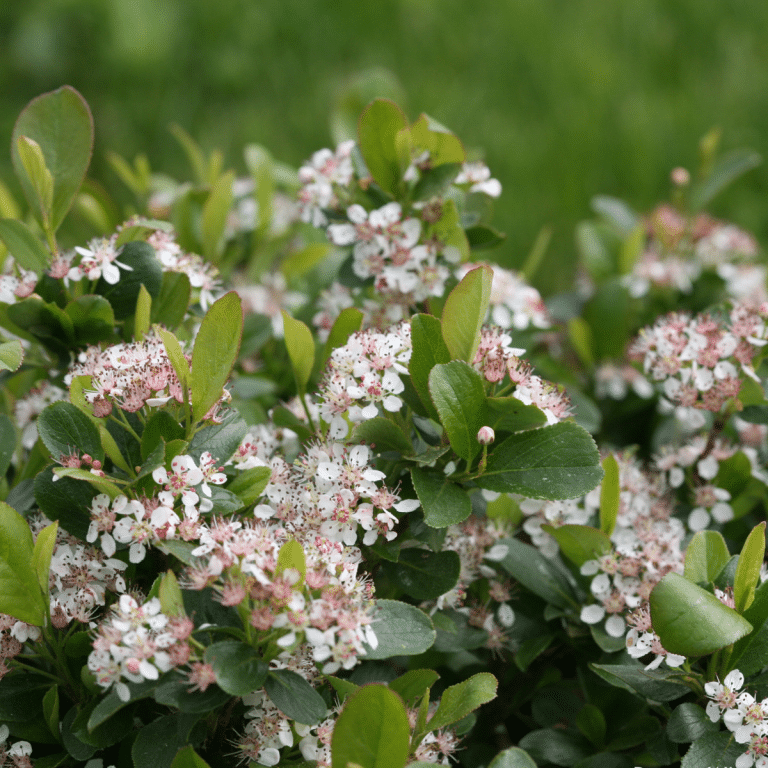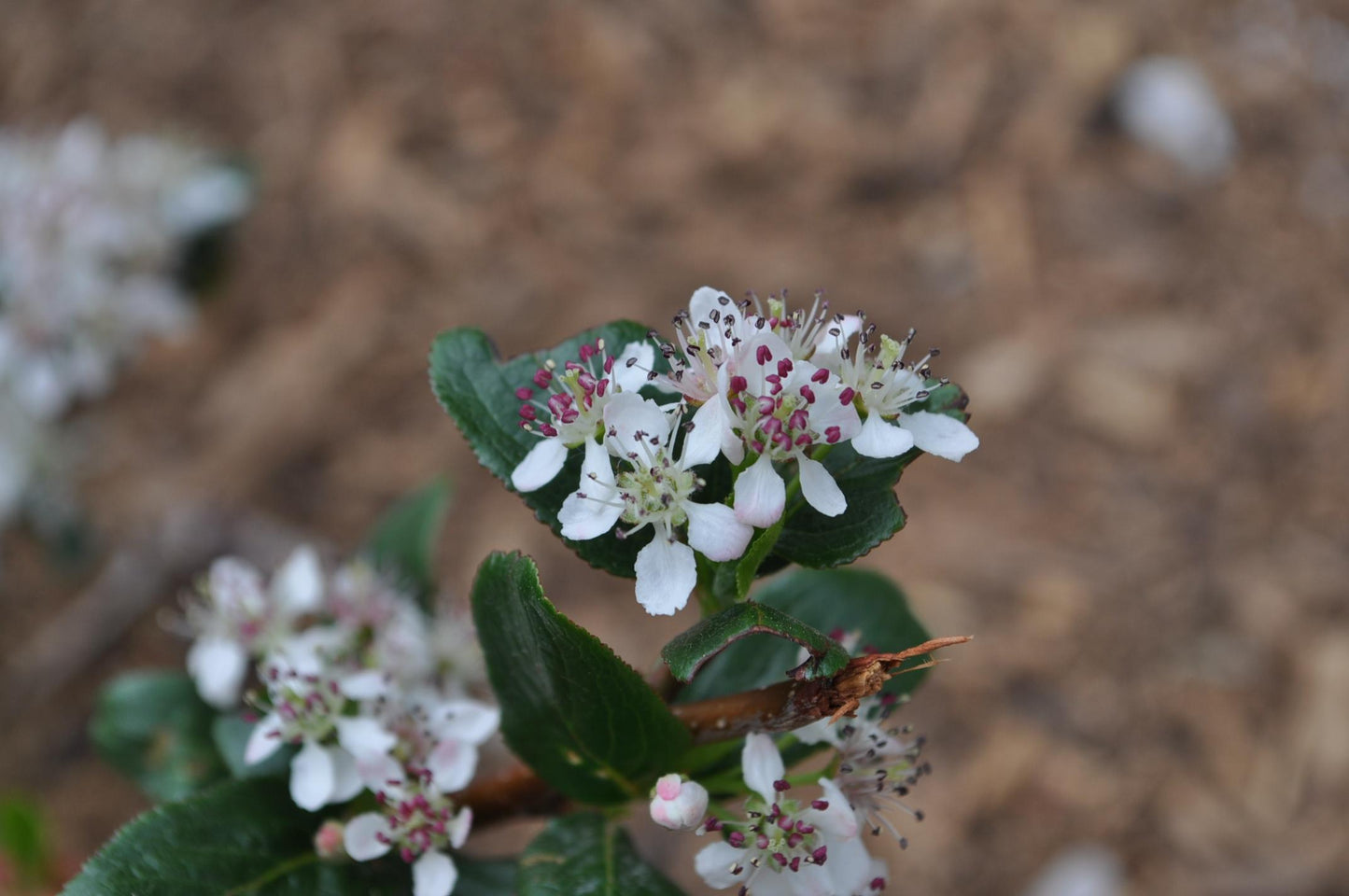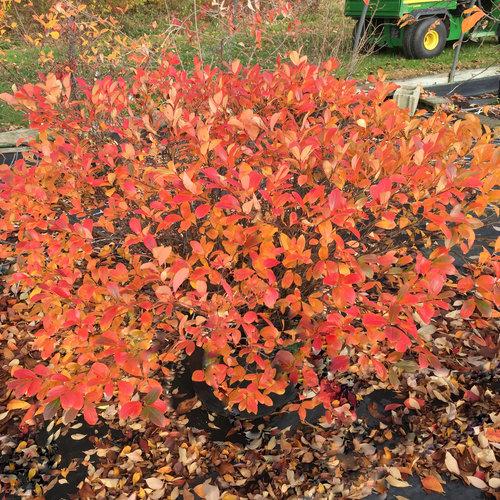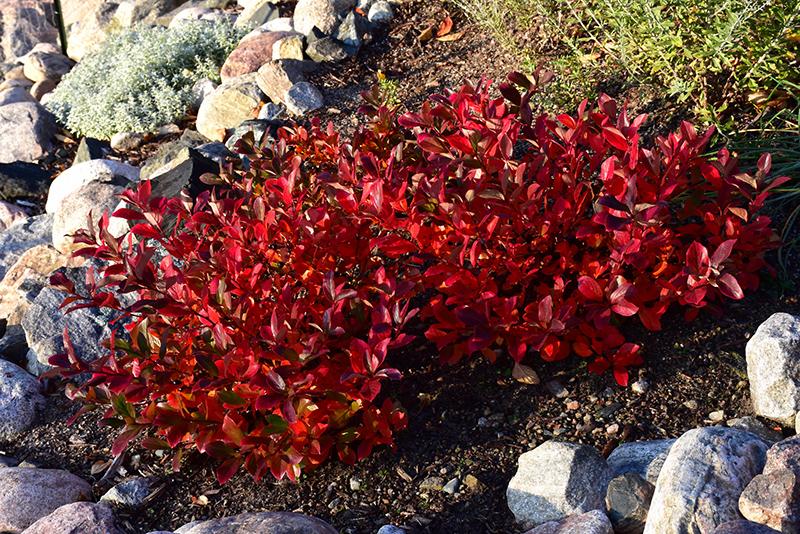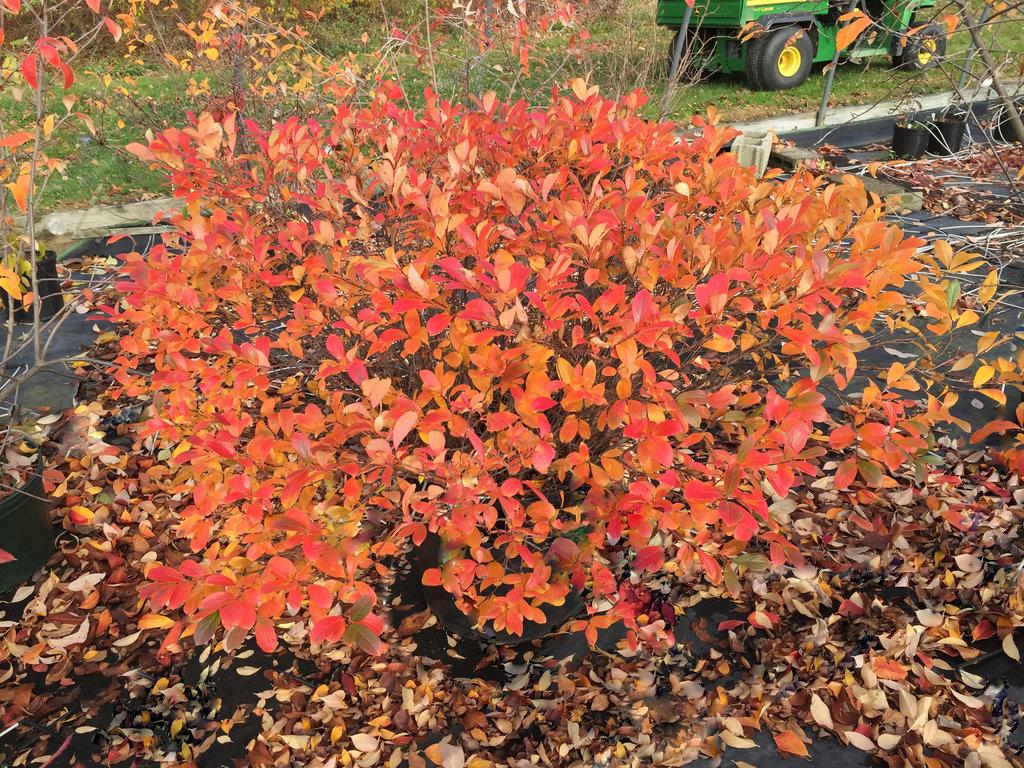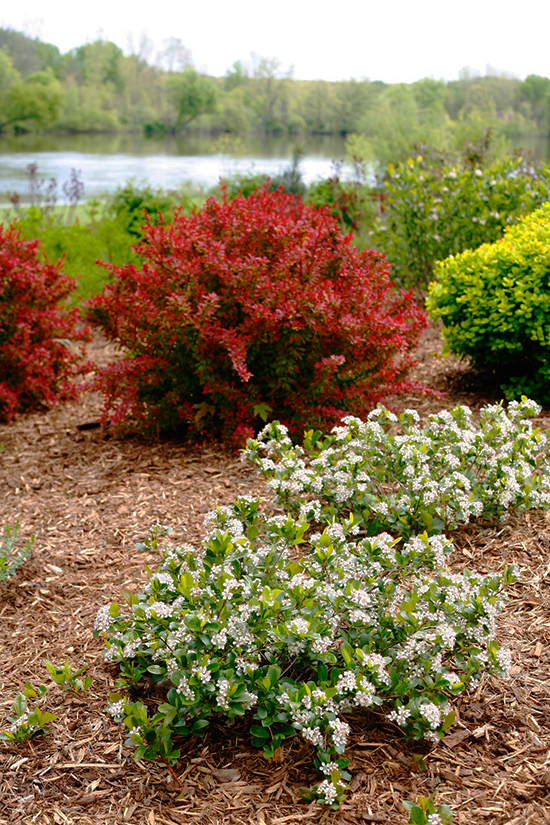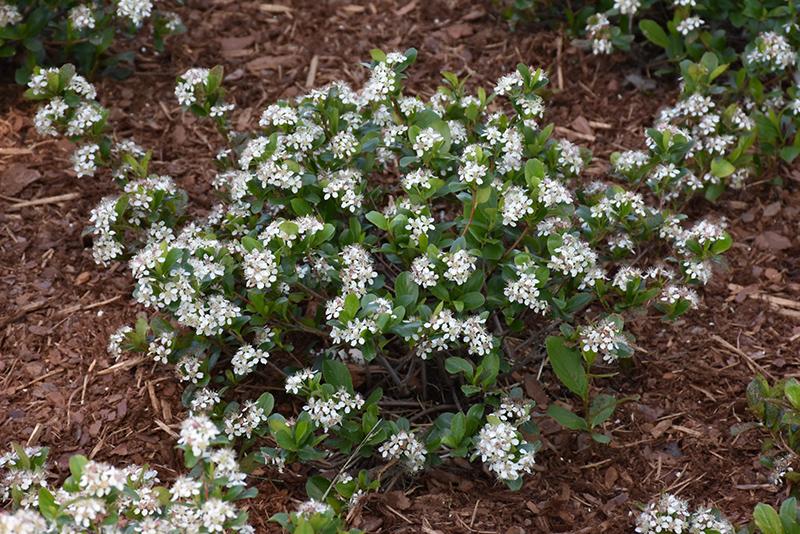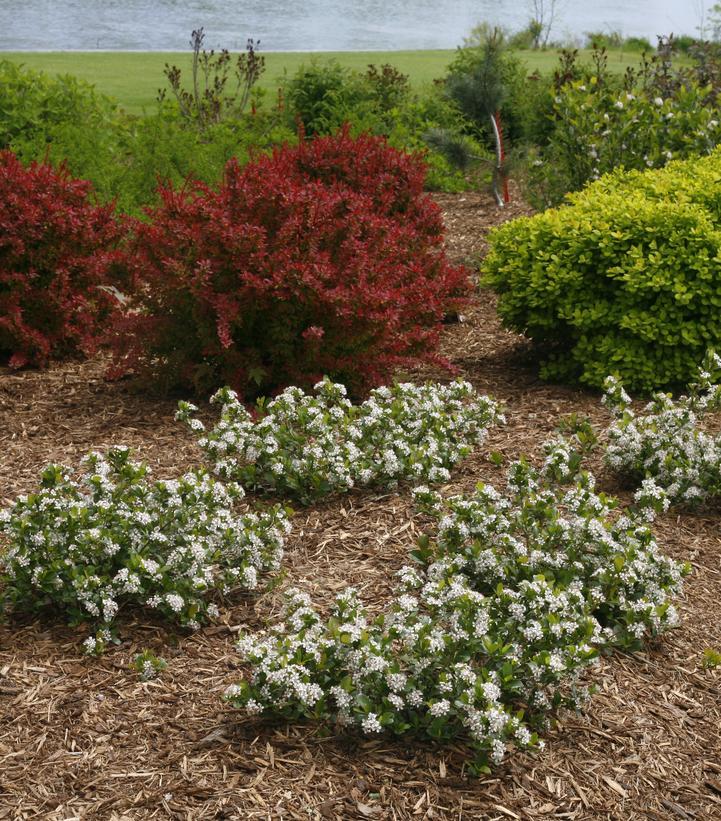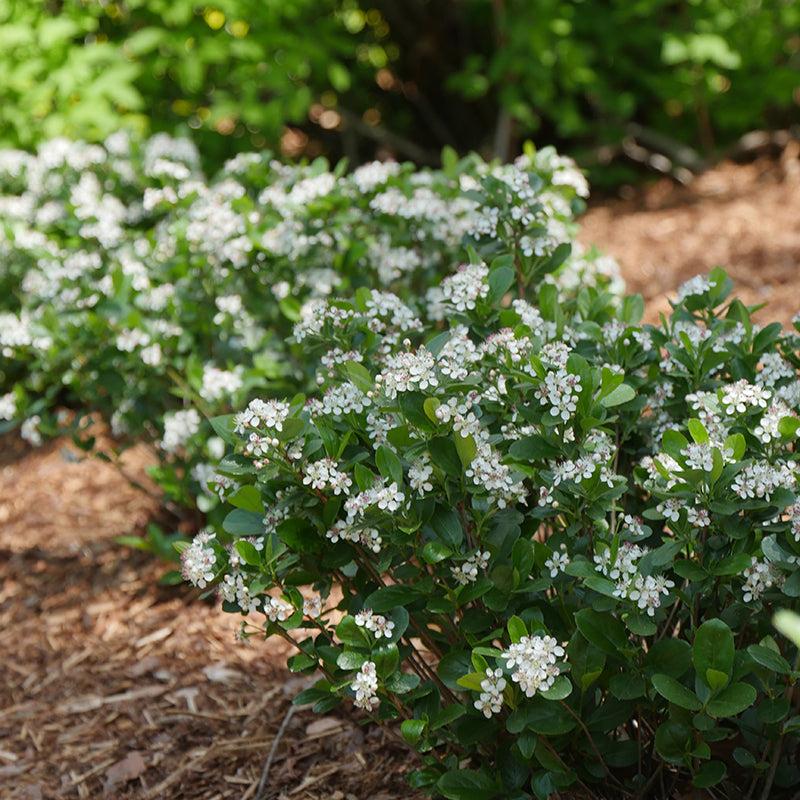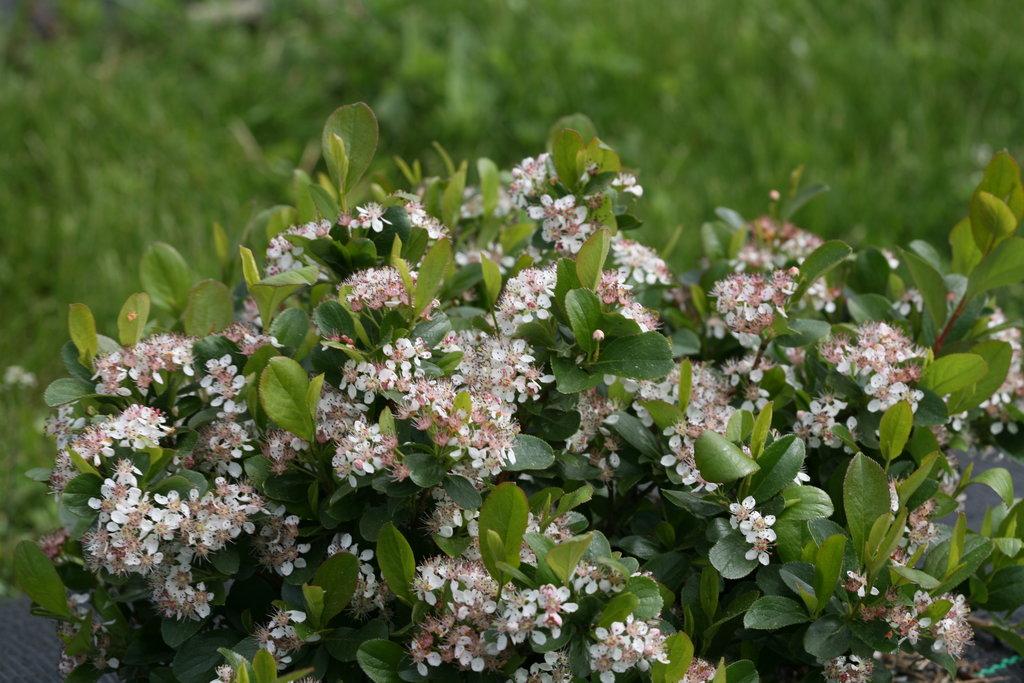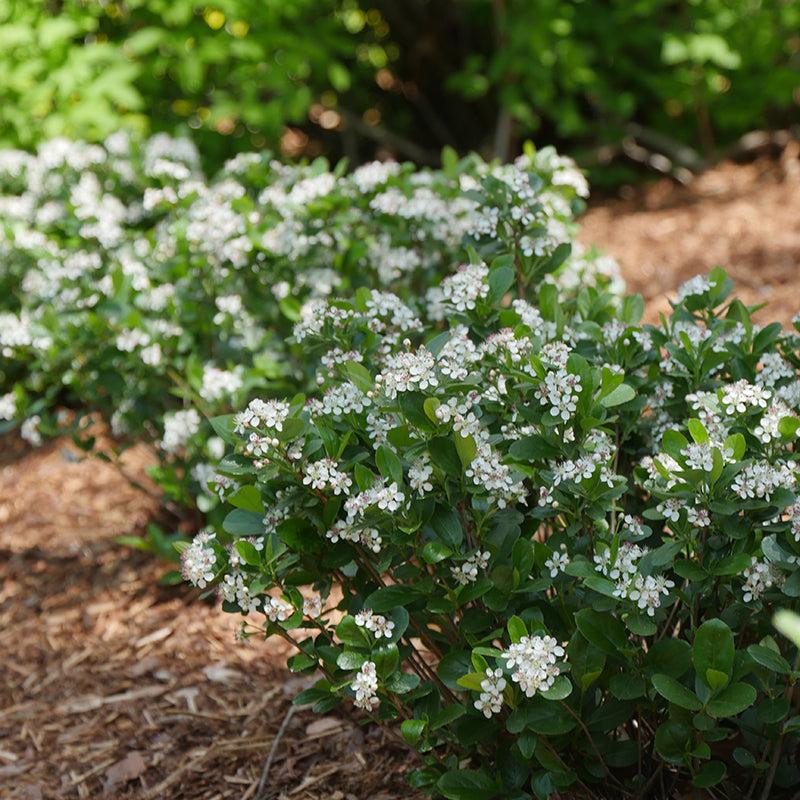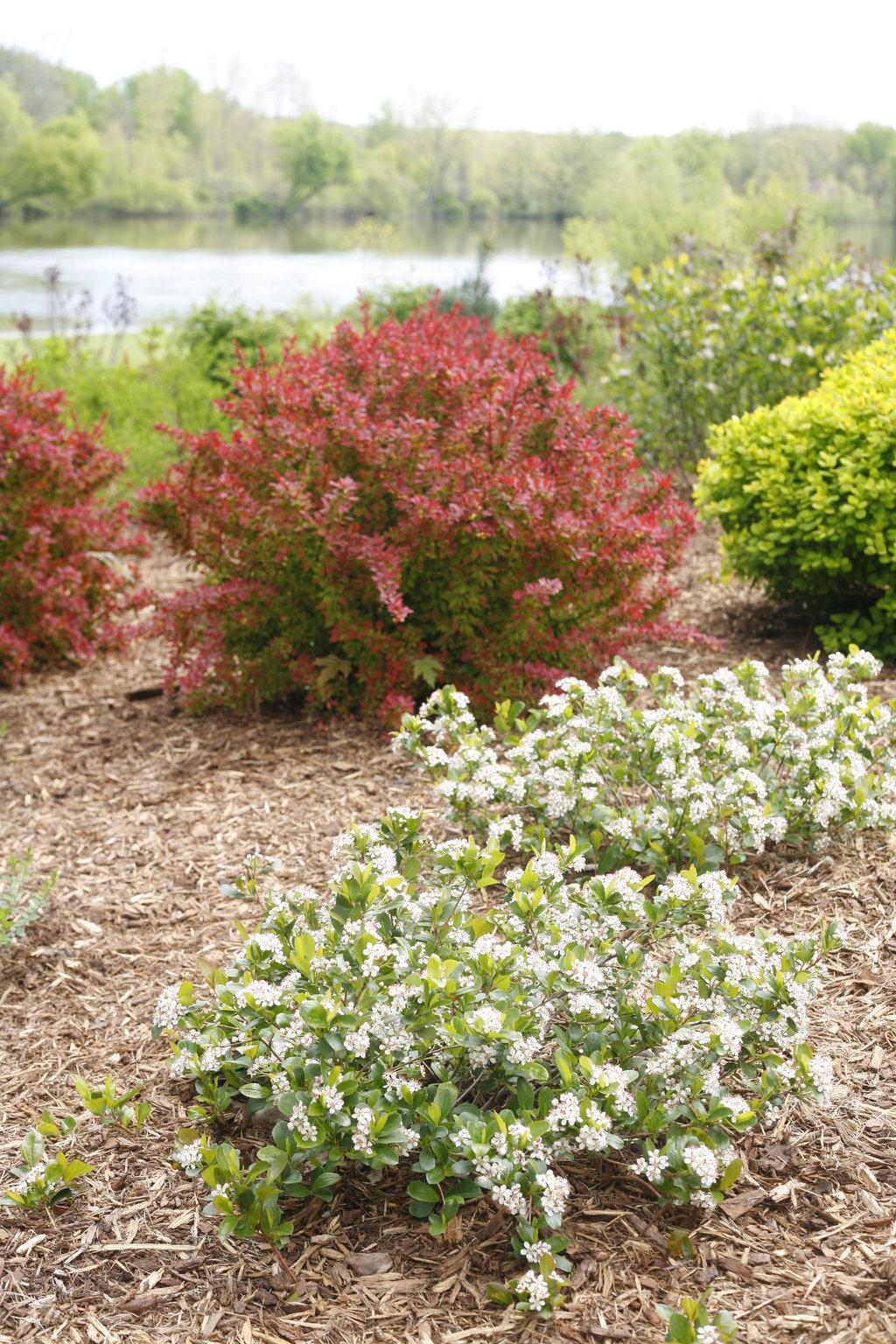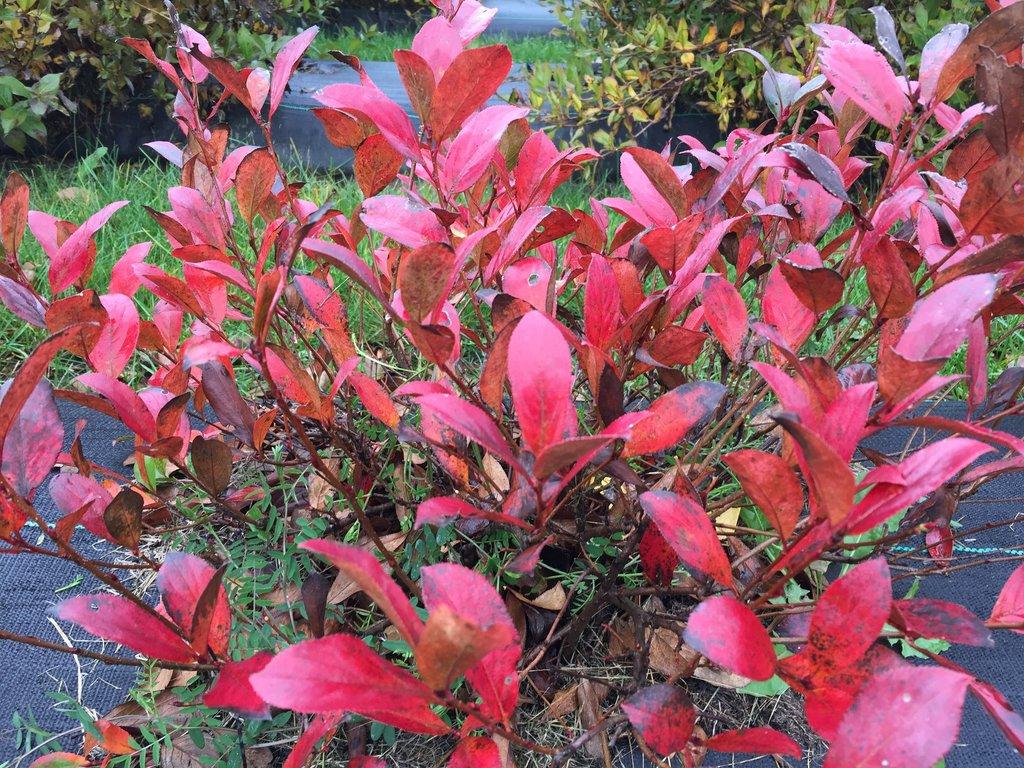1
/
of
22
Low Scape Mound Black Chokeberry–Compact Shrub–Attracts Pollinators 10 Gallon
Low Scape Mound Black Chokeberry–Compact Shrub–Attracts Pollinators 10 Gallon
Regular price
$280.00 USD
Regular price
$364.00 USD
Sale price
$280.00 USD
Unit price
/
per
Shipping calculated at checkout.
SKU:nsf7285-redcrocus
Couldn't load pickup availability
Aronia melanocarpa 'Low Scape Mound'
Description
Aronia melanocarpa 'Low Scape Mound' is a compact, low-growing variety of black chokeberry known for its attractive foliage, white spring flowers, and glossy black berries in the fall. This deciduous shrub is ideal for small gardens and landscapes, providing year-round interest and wildlife benefits.
Suggested Uses
This plant is perfect for use in borders, mass plantings, or as a ground cover. Its compact size makes it suitable for urban gardens and container planting. Additionally, it can be used in wildlife gardens to attract birds and pollinators.
Plant Details
-
 Botanical Name: Aronia melanocarpa 'Low Scape Mound'
Botanical Name: Aronia melanocarpa 'Low Scape Mound' -
 Common Name: 'Low Scape Mound' Black Chokeberry
Common Name: 'Low Scape Mound' Black Chokeberry -
 Size & Growth: 1-2 feet tall and wide
Size & Growth: 1-2 feet tall and wide -
 Hardiness Zones: 3-9
Hardiness Zones: 3-9 -
 Foliage Type: Deciduous
Foliage Type: Deciduous -
 Bloom Time: Spring
Bloom Time: Spring -
 Growth Rate: Moderate
Growth Rate: Moderate -
 Light Requirements: Full sun to partial shade
Light Requirements: Full sun to partial shade -
 Attracts Pollinators: Yes
Attracts Pollinators: Yes -
 Indoor Friendly: No
Indoor Friendly: No -
 Container Friendly: Yes
Container Friendly: Yes -
 Deer Resistant: Yes
Deer Resistant: Yes -
 Pet Warning: Non-toxic, but berries can cause mild stomach upset if ingested in large quantities
Pet Warning: Non-toxic, but berries can cause mild stomach upset if ingested in large quantities -
 Fragrant: No
Fragrant: No -
 Cut Flower: No
Cut Flower: No -
 Grows Well With: Juniper, grasses, and other low-growing shrubs
Grows Well With: Juniper, grasses, and other low-growing shrubs
Care Tips
-
 Planting Instructions: Plant in spring or fall for best results
Planting Instructions: Plant in spring or fall for best results -
 Soil Moisture: Average to moist
Soil Moisture: Average to moist -
 Soil Type: Well-drained, adaptable to various soil types
Soil Type: Well-drained, adaptable to various soil types -
 Humidity: Tolerates a range of humidity levels
Humidity: Tolerates a range of humidity levels -
 Pruning Instructions: Prune in late winter or early spring to maintain shape
Pruning Instructions: Prune in late winter or early spring to maintain shape -
 Winter Care: Mulch to protect roots in colder areas
Winter Care: Mulch to protect roots in colder areas -
 Planting Depth: Plant at the same depth as in the nursery container
Planting Depth: Plant at the same depth as in the nursery container -
 Fertilization: Fertilize in early spring with a balanced fertilizer
Fertilization: Fertilize in early spring with a balanced fertilizer -
 Special Care: Monitor for signs of root rot in poorly drained soils
Special Care: Monitor for signs of root rot in poorly drained soils
Share
